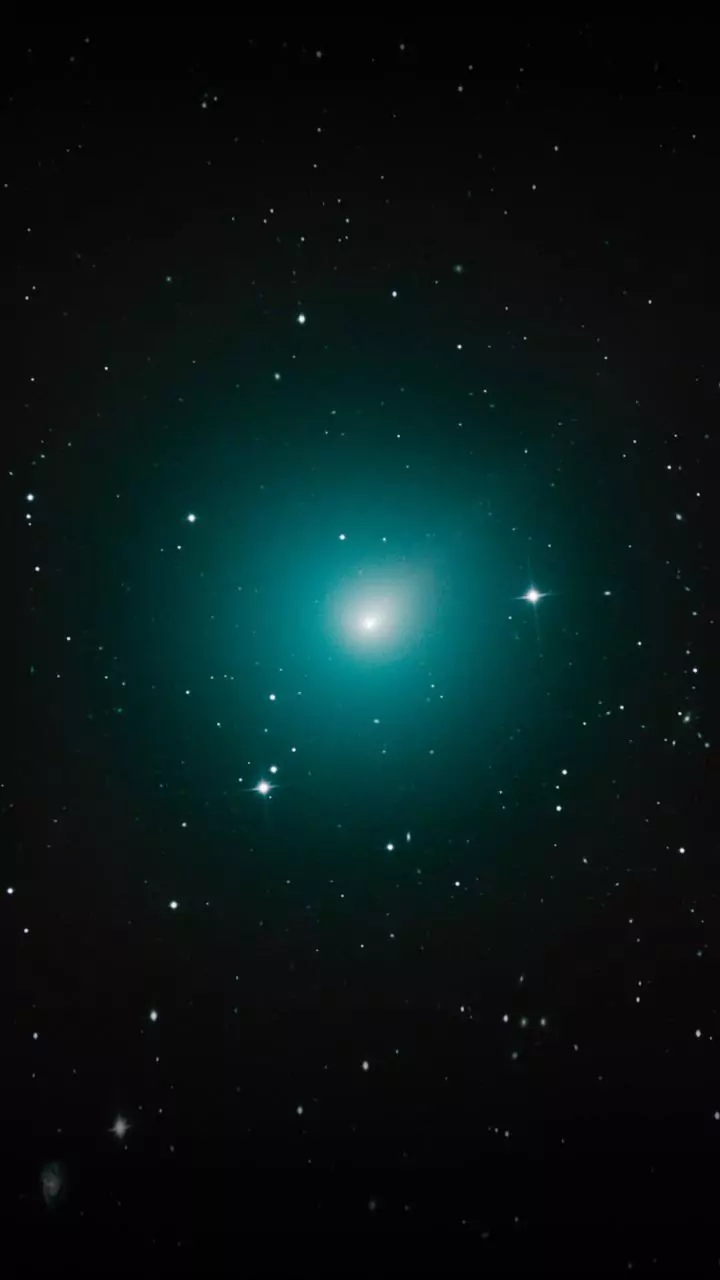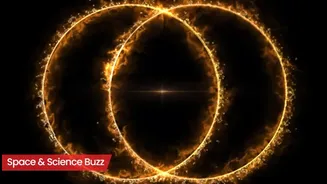Comet's Grand Arrival
Comets, often dubbed 'dirty snowballs,' are cosmic wanderers composed of ice, dust, and rock. Comet C/2025 R2 (SWAN) is destined to swing past our planet,
providing a potential celestial show on October 21. As the comet approaches the sun, the ice within it vaporizes, forming a glowing coma and often, a beautiful tail. Its close proximity to Earth offers an amazing opportunity for sky gazers to view this celestial visitor. This passage is a chance to observe a natural phenomenon, a piece of space debris traveling at high speed, and to understand our place in the vast universe. So, get ready to witness this natural spectacle.
Spotting the Comet
Observing Comet C/2025 R2 (SWAN) requires some planning. The ideal viewing conditions are away from light-polluted areas, like cities. A dark location will significantly enhance your chances of seeing the comet's faint glow. It is essential to check the local weather forecasts to ensure clear skies, as clouds can obscure the view. Once you're at a suitable location, your naked eyes can serve the purpose, however, binoculars or a telescope can enhance the viewing experience, allowing you to see the comet's details more clearly. Patience is also a virtue because comets are often best viewed in the hours after dusk or before dawn. The precise visibility times can be determined with the help of astronomy apps or websites.
What to Expect?
Comets, especially those that are distant, can appear as a faint, blurry patch of light. Comet C/2025 R2 (SWAN)'s appearance will depend on its brightness at the time of its flyby and viewing conditions. The comet's apparent brightness varies depending on its size, composition, and distance from the Sun and Earth. The coma and tail might be visible with the right tools, presenting a stunning visual. Remember, the comet's appearance can vary, so manage your expectations. Being prepared with the right equipment and knowledge will help you maximise this special viewing opportunity. Keep an eye on astronomy reports and guides for any updates about the comet's activity.
Tools for Viewing
While a telescope or binoculars aren't strictly necessary, these tools significantly enhance the viewing experience. Binoculars provide a wider field of view, making it easier to locate the comet in the night sky. A telescope can reveal more details, like the coma and the tail's structure. If you have binoculars, make sure they have a high magnification and good lens quality. For telescopes, choose one with a wide field of view to easily find the comet. Remember to familiarize yourself with the equipment before the viewing night. Consider using astronomy apps or star charts to find the comet. This will help you locate its position in the sky with precision. Proper preparation can help make the viewing session more effective and enjoyable.
Safety First!
When viewing the comet, prioritize safety. Choose a location away from traffic and ensure the viewing area is free of obstructions. Dress warmly and bring a comfortable chair as you could be spending considerable time gazing at the sky. If using any observing equipment, handle it with care to avoid damage. Avoid looking directly at the Sun, especially with a telescope or binoculars, because this can cause severe eye damage. During your observation, be aware of your surroundings, especially in dark areas. It's also a good idea to inform someone of your plans and where you will be, especially if you are observing alone. By following these safety measures, you can enjoy the celestial event without compromising your well-being.













